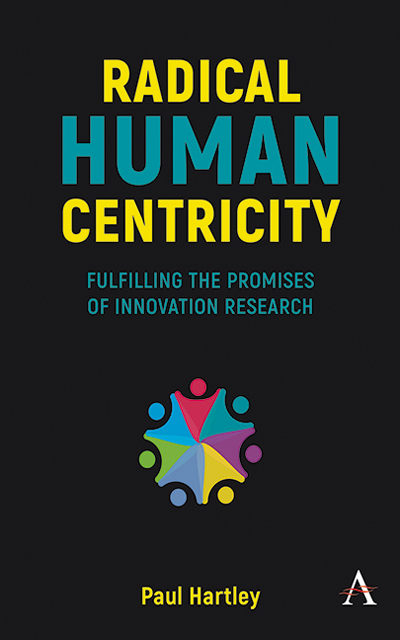Summary
There is a problem at the core of commercial innovation research. The tools and methods companies, consultancies, and even governments use to research human thought and behavior promise an understanding of the world that they cannot deliver. They cannot deal with complexity honestly. They cannot provide the detail suitable to make true design or strategic decisions. And they cannot help companies understand their customers with enough depth to meet the requirements of human-centered design. They claim to, but they cannot. Consequently, there is a wide gulf between what commercial research is asked to do and what it can deliver.
This problem exists because most commercial research is still stuck in the past. Despite claiming to be cutting edge, most commercial research methods are still grounded in market research practices and rely on outdated theories or misapplied research practice. None of these patterns of practice are suitable ways to feed into innovation efforts. Current commercial research is simply not able to understand the world in enough detail or complexity to provide a comfortable foundation for creating empathetic, sustainable, and truly innovative products, services, or experiences in an increasingly complicated world. Human-centricity promised a solution to this, but ultimately left more unfulfilled promises.
Commercial research is still broken. Ethnography has been coopted. Design research has been watered down. Any careful observer of commercial research and innovation already knows this. But what is less well understood is that the latest fashionable practices in innovation research, particularly many of the so-called human-centered solutions, also suffer from the same fatal flaws as the system they were meant to improve. Design thinking, design research, and human/patient-centric approaches were all developed to overcome the lack of detail, abstractions, and measurement biases in older forms of market research, or to meet the needs of an innovation process that seeks to change the way people live their lives by adding new products, services, or experiences into the system. But instead of correcting the core problems, practitioners of design research, in-house innovation teams, and innovation consultants, simply papered over the cracks in thinking and practice and continued as normal. The changes were superficial and quickly evaporated.
- Type
- Chapter
- Information
- Radical Human CentricityFulfilling the Promises of Innovation Research, pp. 1 - 14Publisher: Anthem PressPrint publication year: 2022



